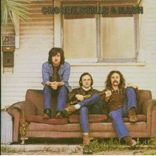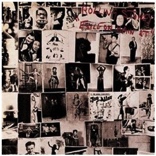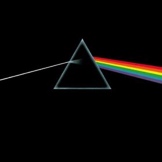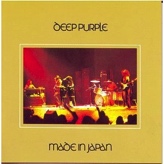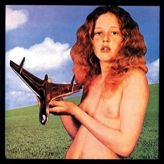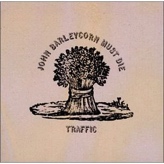Top
MUSIC
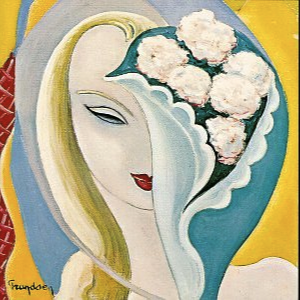
In the following are shown some of my favorite albums
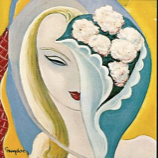
By 1970, Eric Clapton had fallen desperately — and, at that point, unrequitedly — in love with the wife of his best friend, George Harrison. As if to shroud his emotions in secrecy, Clapton transformed himself into Derek, and Pattie Boyd Harrison became Layla, a name Clapton borrowed from "The Story of Layla and Majnun," by the Persian poet Nizami. Drugs and alcohol exacerbated the raw emotions churning inside the guitarist. Keyboardist Bobby Whitlock provided a terse summary of the sessions, at Criteria Studios Miami' psychotropic menu: "Cocaine, heroin and Johnnie Walker : that's all." The guitarist Duane Allman joined the band shortly after recording began, and his spectacular slide guitar pushed Clapton to new heights .The result? A Rock-Blues masterpiece

The last album recorded by The Beatles, it is my personal favorite. It’s got a big, modern sound, swollen by judicious use of a prototype Moog synthesiser and harmonies multi-tracked to choral dimensions.

The first and last solo album, during his life, of the architect of the Mamas & Papas sound, John Phillips, was certainly one of the more heralded events at the dawn of the 1970s. The performances on this record are spectacular. Phillips was able to get some of the era’s best musicians of the era, including Elvis Presley’s guitarist James Burton, steel guitarist Buddy Emmons, drummer Hal Blaine, and backing vocals by Darlene Love among others. Sonically, the album treads the “Cosmic American” sound of Gram Parsons, fitting in nicely with soft-rock sounds of The Byrds, and Crosby, Stills & Nash .
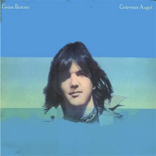
Enormously influential sophomore solo album from Country Rock pioneer Gram
Parsons. Grievous Angel was Gram's last studio recording, released after he died of a drug overdose in the fall of '73.Gram Parsons again convened with his singing of the previous album partner Emmylou Harris, various members of Elvis Presley's "Hot Band", including James Burton and Glen Hardin.
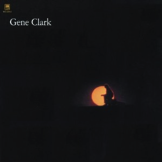
White Light was Clark's second solo album. It had a folky sound, mostly acoustic tone, with eight fantastic original songs. The band backing him consisted of guitarist Jesse Ed Davis, bassist Chris Ethridge, organist Mike Utley, drummer Gary Mallaber and pianist Ben Sidran ,the latter two from the Steve Miller Band. It became very popular with the critics, but like most of Clark’s solo albums, fail to do well commercially. It's definitely not his most accessible album, with a dry, under produced sound, and perhaps is the best example of Clark as the serious singer-songwriter poet.
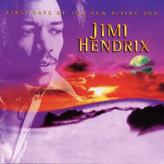
First Rays of the New Rising Sun was an attempt to produce the fourth studio album of the same name Hendrix was working on before his death in September 1970. Nearly all of it is phenomenal and shows his higher level of creativity on Jimi’s part unmatched by his peers before or since. Whether it’s funky or outright rockin’ tracks like “Freedom,” “Izabella,” or “Ezy Ryder” or the softer “Angel,” there is hardly anything to quarrel with as far as quality songwriting material.
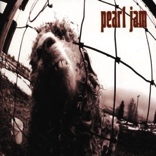
Vs. is the second studio album by the American grunge band Pearl Jam, released on October 19, 1993. 12 explosive, emotional, vivid songs. Vedder sang in his muscular baritone against the interlocking twin riffage of Mike McCready and Stone Gossard, bassist Jeff Ament's hard groove and then-drummer Dave Abbruzzese's rapid-fire barrage.

The Notorious Byrd Brothers is the fifth album by the American rock band The Byrds and was released in January 1968. Musically, the album represents the pinnacle of The Byrds' psychedelic experimentation, with the band blending together elements of folk rock, psychedelic rock, country music, electronic music, baroque pop and jazz on many of the songs. Recording sessions for the album took place throughout the latter half of 1967 and were fraught with tension, resulting in the loss of two members of the band. Rhythm guitarist David Crosby was fired in October 1967 and drummer Michael Clarke Additionally, original band member Gene Clark, who had left the group in early 1966, rejoined for three weeks during the making of the album, before leaving again
